(20639 products available)

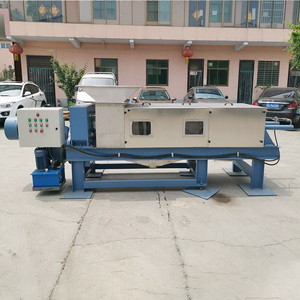

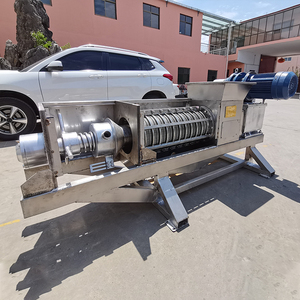







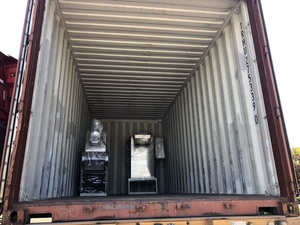







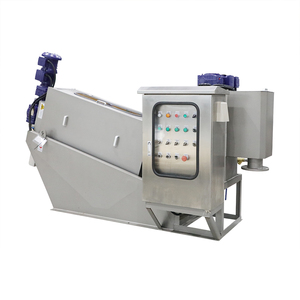













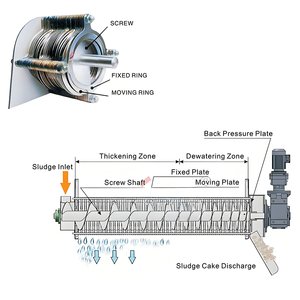

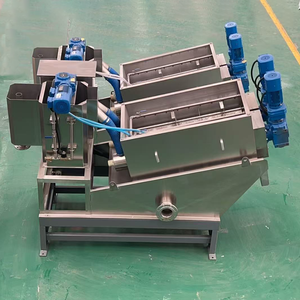








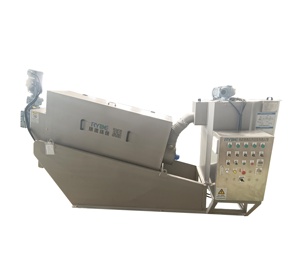

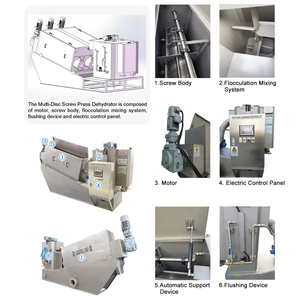
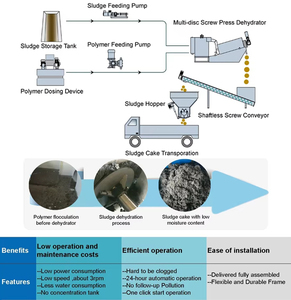





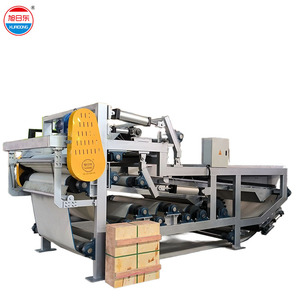
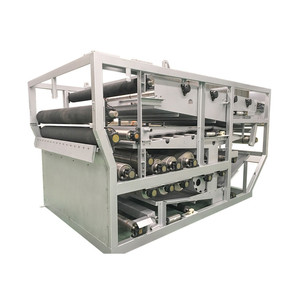

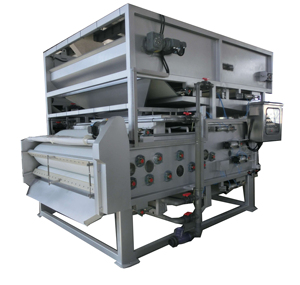

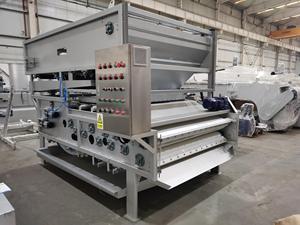

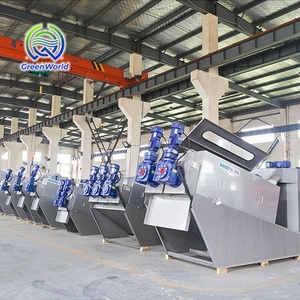
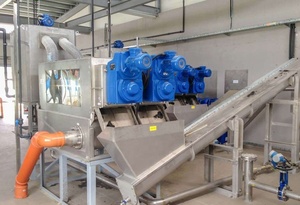
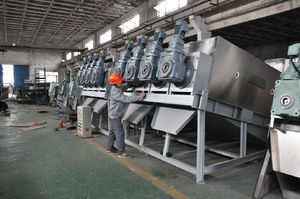
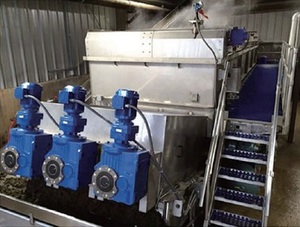



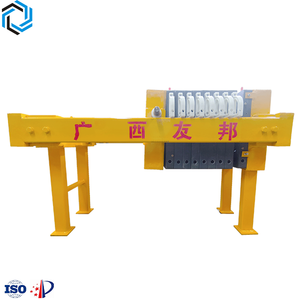


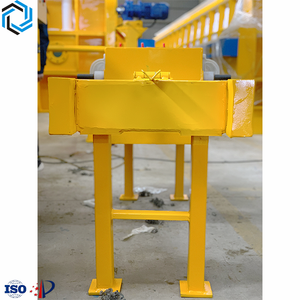



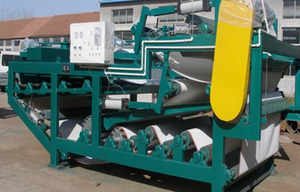
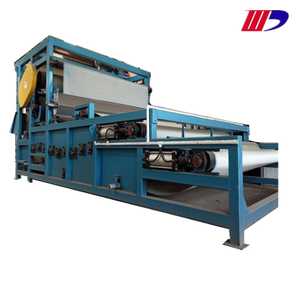


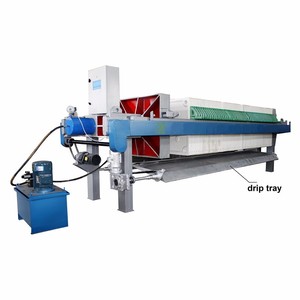





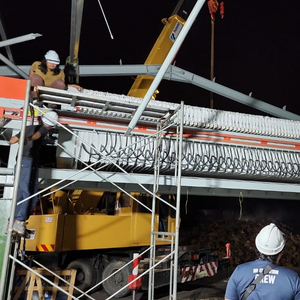


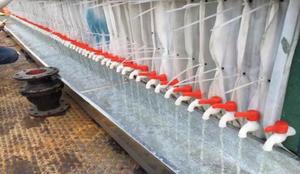







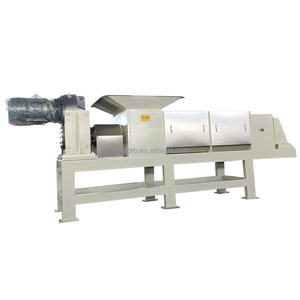

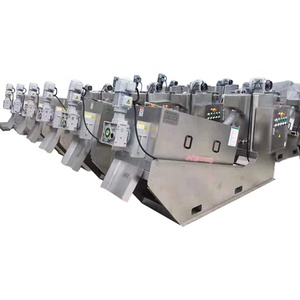
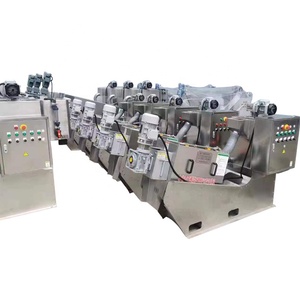



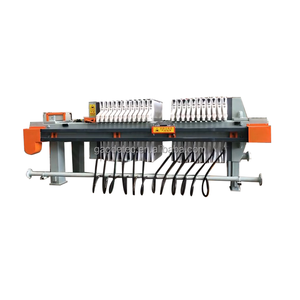
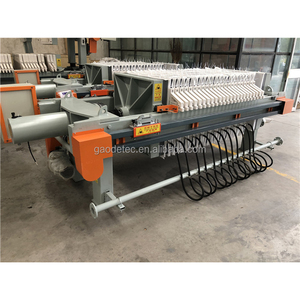


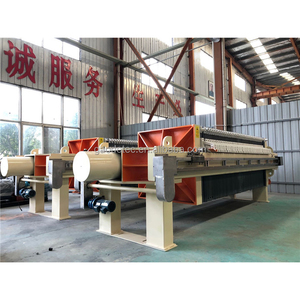


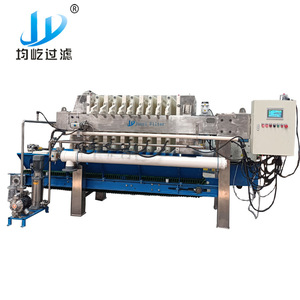

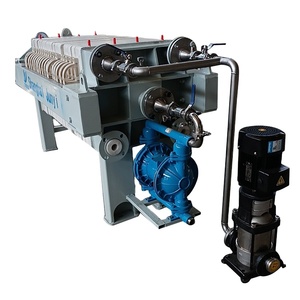



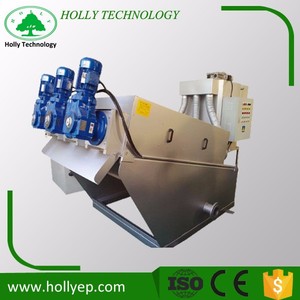











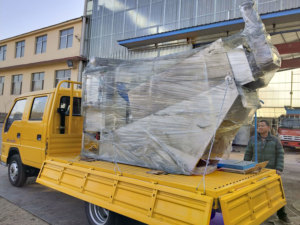



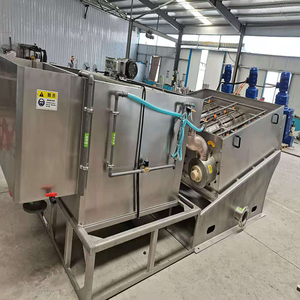



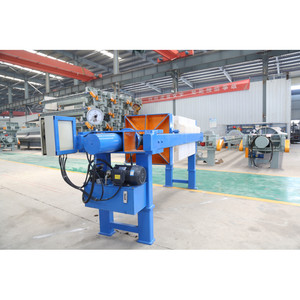

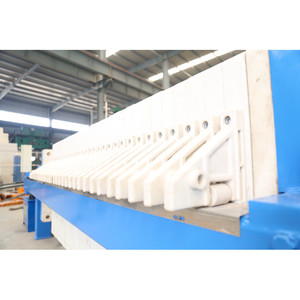

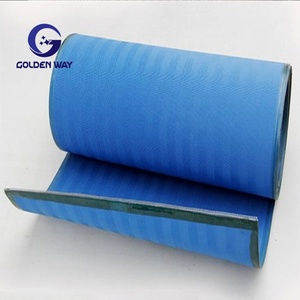






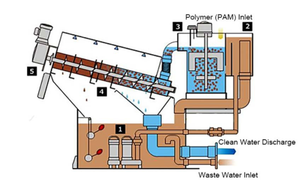

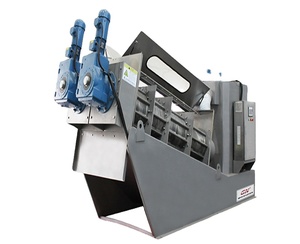









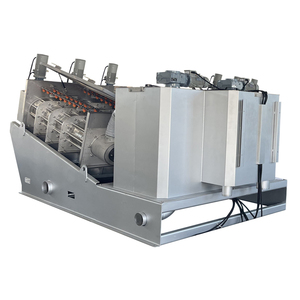
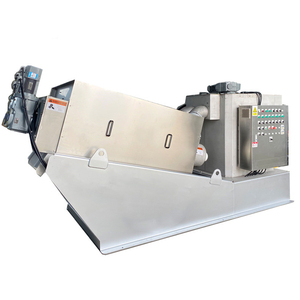






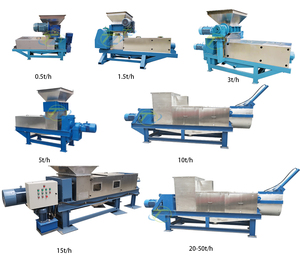



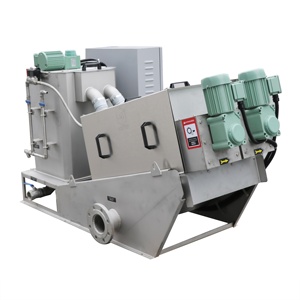





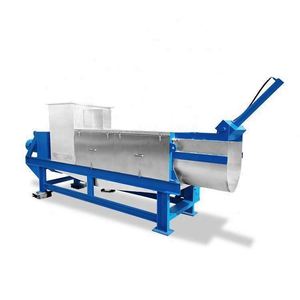

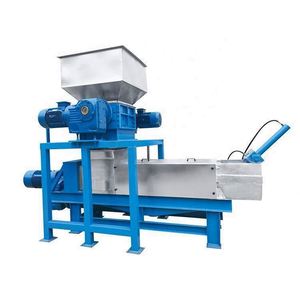






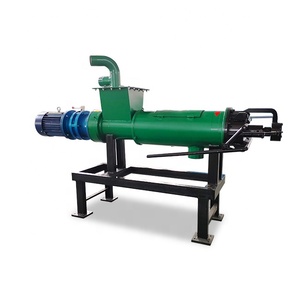






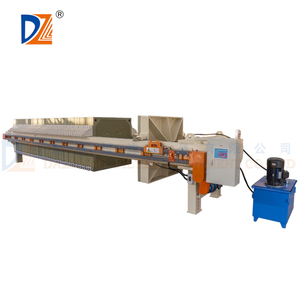




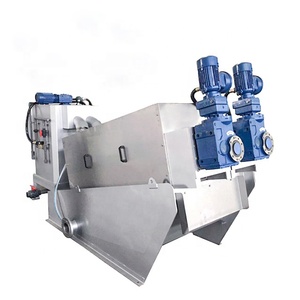
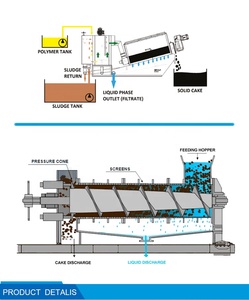
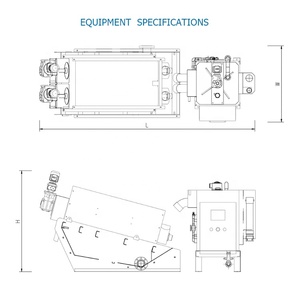
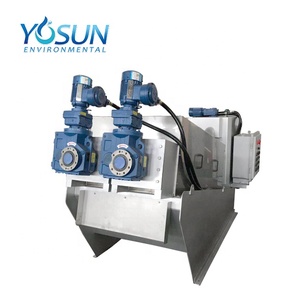

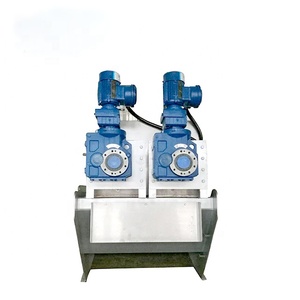
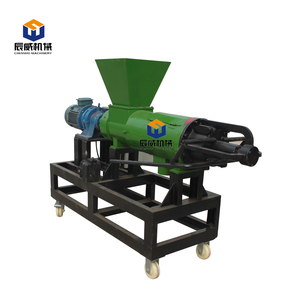






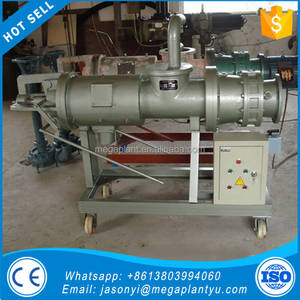


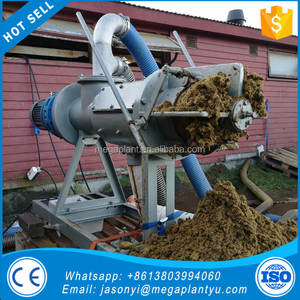
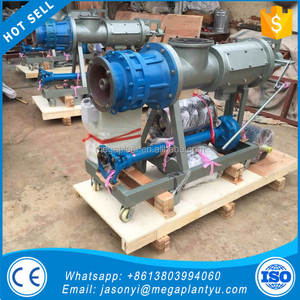
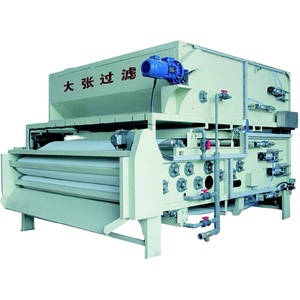



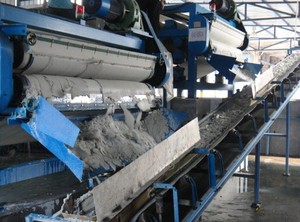

A dewater press, which is also known as a sludge dewatering press or filter press, is an industrial machine that separates liquids from solids. Generally speaking, it is a mechanical device built for solid-liquid separation, the main process of which lies in small chambers or filters, pressing the slurry to get the filtrate. The basic design of a dewater press consists of a machine frame, pressing mechanism, filter plates, and piping system. Thanks to the design and build of a dewater press, a waste stream can be converted into valuable materials for further utilization, while the liquid effluent can be treated or released into the environment.Here are some types of filter presses:Horizontal belt filter presses:This kind of filter press contains numerous vertical and horizontal filter belts with different uses. The pressing rate of this kind of filter press is slightly lower than others. Higher moisture content can be expected, typically between 12% and 30%.Vacuum belt filter presses:Compared with horizontal belt filter presses, moisture content is lower in a vacuum belt filter press. This high-performance filter press can achieve a dewatering ratio of around 2% to 12%, which makes it more preferable in some industrial applications. The working principle of a vacuum belt filter press is to perform additional dewatering on the sludge through the application of vacuum suction.Plate and frame filter presses:Plate and frame filter presses are traditional filter presses. It consists of filter plates and frames assembled alternately. The material comes into the frames and is squeezed by the filter plates, and thus the liquid separates from the solid. The moisture content of the plate and frame filter presses is usually between 10% and 20%, making them suitable for industries that aim for relatively lower dewatering expectations. They can be commonly found in industries such as chemical manufacturing, dye and pigment processing, food and beverage processing, mineral separation, and more.Frame filter presses with recessed filter plates differ from plate and frame filter presses, offering a more extensive framework for filtering purposes. Recessed filter plates also provide a bigger pressing area to reach a higher dewatering target. Despite achieving better dewatering results than traditional plate-and-frame designs, recessed frame filter presses with recessed filter plates are only sometimes the first choice in industries that need to process enormous quantities of sludge. The moisture content of filter presses with recessed filter plates and frames is normally between 5% and 15%. That is to say, they are more suitable for use in industrial processes requiring higher solid-liquid separation.Hybrid filter presses:This kind of filter press combines the plate and frame design with a recessed chamber, making it more versatile in application. The moisture content separation range is usually between 5% and 15%.Double chamber filter presses:Double chamber filter presses feature separate chambers for feed-ing, filtering, and downward-discharge cake removal. The pressing force that works on the material fed into the separate interiors of the chambers is uniform and consistent. As a result, this filter press provides more precise material processing, higher separation efficiency, and better final product quality. The double-chamber filter press also shows excellent filtering capacity and dewatering ratios ranging from 2% to 10%. Thus, it is more suitable for use in mineral extraction, coal processing, wastewater treatment, and other industries that pursue better separation efficiency and improved final products.
With different designs and working principles, dewater presses are used in a multitude of industries and applications, including water treatment, food processing, chemical manufacturing, mining and minerals, pulp and paper, oil extraction, and many more.
Capacity
Each dewatering press will have a specific capacity for processing material that is expressed in terms of volume or weight per time. For example, a typical the capacity of a sludge dewatering press could be 400m3/hr or 30 tons/hr.
Moisture Removal
Another typical specification corresponding to a dewatering machine's performance is its moisture removal efficiency. This measure indicates how effectively the machine can eliminate access moisture from the material. Different dewatering machines will have different efficiencies, usually ranging from 80% to 98%.
Power Consumption
Dewater presses' power consumption is indicated in kilowatts per hour. It tells buyers how much energy the machine uses during operation. Different dewatering machines have different power requirements due to factors like design and technology, which eventualize the power consumption. It is essential that buyers consider the machines' energy efficiency to lower operational cost and environmental impact.
Regular Inspection
It's important to make regular checks on key components of a dewatering machine, e.g., filter plates, drive motors, etc. Carry out lubrication and replacement of parts that need changes; this helps to ensure the optimal performance of the dewater press while extending its life span.
Cleaning
Take cleaning seriously. Operating a dewater press keeps dirt and other impurities away. Otherwise, the dirt and impurities will affect the machine's performance and its life span. Always clean the filter mesh and drainage system to prevent blockages and impurities from lingering.
Lubrication
Adequate lubrication for rotating parts of the dewatering machine helps to reduce normal abrasion caused by friction and keeps the machine working nicely. Apply lubrication to drive parts like bearing and gearboxes regularly. Doing this will enhance the operation and reduce noise.
Replacement
Some components of a dewater press may become worn out over time. They may also get damaged and need to be replaced quickly. Regular replacement helps ensure. Keeping replacement parts handy improves work efficiency and ensures quick.
Maintenance Schedule
Always develop a proper maintenance timetable for the dewater press. A timetable will serve as a reminder for regular inspection, cleaning, part replacement, etc. Following the maintenance timetable helps improve the machine's performance and life span while preventing unexpected failures.
The dewater press provides numerous industries, including mining, agriculture, water treatment, food processing, chemical, pulp and paper, pharmaceutical, and construction, with fit-for-purpose applications.
Capacity:
When choosing a dewatering press, it's crucial to think about the processing capability needed for the specific materials and waste streams being handled. Assessing factors like feed rate, operating time, and the quantity of material to be processed can assist in determining the optimal capacity. Sizing options range from compact machines designed for small-scale operations to larger industrial-scale units that can manage higher volumes.
Separation technology:
It is important to determine the separation method used by different dewatering presses. Options are available, such as screw presses, belt presses, filter presses, and plate and frame presses, among others, each having its own advantages and ideal applications. Understanding how each dewatering press functions will enable an informed decision based on factors like efficiency, filtration accuracy, and suitability for the specific type of material being processed.
Automation and control features:
When choosing a dewatering press, it is important to consider the degree of automation and control features provided. Some machines offer fully automated tasks, including self-regulation, data logging, and remote monitoring, which can improve operational efficiency and convenience. Other models may have simpler control systems requiring more manual intervention. Assessing the desired level of automation and the particular control capabilities needed will help determine the appropriate dewatering press for the application.
Energy efficiency:
It is crucial to consider the energy efficiency of the dewatering press. The energy consumption during the dewatering process can significantly impact operational costs. Selecting a machine with high energy efficiency helps minimize energy usage without compromising performance. Comparing the energy consumption of different models and assessing the features that promote energy-saving practices, such as intelligent control systems and optimized designs, can help identify the dewatering press that aligns with energy efficiency goals.
Q1: What is the difference between a dewatering screw press and a separator centrifuge?
A1: The main difference between a dewatering screw press and a separator centrifuge lies in their methodologies and applications. While both machines aim to separate liquids from solids, their operational principles differ. Centrifuges utilize high-speed rotational forces to segregate materials based on density differences. Consequently, they excel in treating feed stocks with low solids concentrations. On the other hand, dewater presses function by employing physical pressure to extract liquids from slurries. Dewater presses are more efficient than centrifuges when dealing with dense materials with high solid concentrations.
Q2: What are the key challenges in designing and operating a successful dewater press?
A2: Some typical challenges when considering the operation of a dewater press are the need for timely maintenance and, thus, the establishment of an effective preventive maintenance schedule. While crucial for prolonging the machine's lifespan, determining the spare parts availability may also pose a challenge. Additionally, ensuring proper training for operators and achieving an adequate staff's know-how may also be considered when establishing the press' optimal functioning.
Q3: Can a dewater press handle high-temperature materials?
A3: It depends on the construction material and design. For this reason, it is advisable to discuss the capability of handling high-temperature materials with the supplier.
Q4: Are there any maintenance requirements for a dewater press?
A4: There are indeed some maintenance requirements for a dewater press. Operators are accustomed to feeding material slowly so as not to damage the machine. Additionally, operators clean the machine regularly to prevent the buildup of any material, which could negatively impact the dewater press's efficiency and functionality. Apart from that, operators regularly lubricate moving parts to reduce the wear and tear of the dewater press. More frequent tasks, such as belt, pump, and valve inspections, should be carried out according to the manufacturer's guidelines.